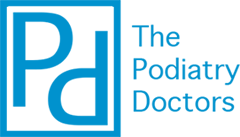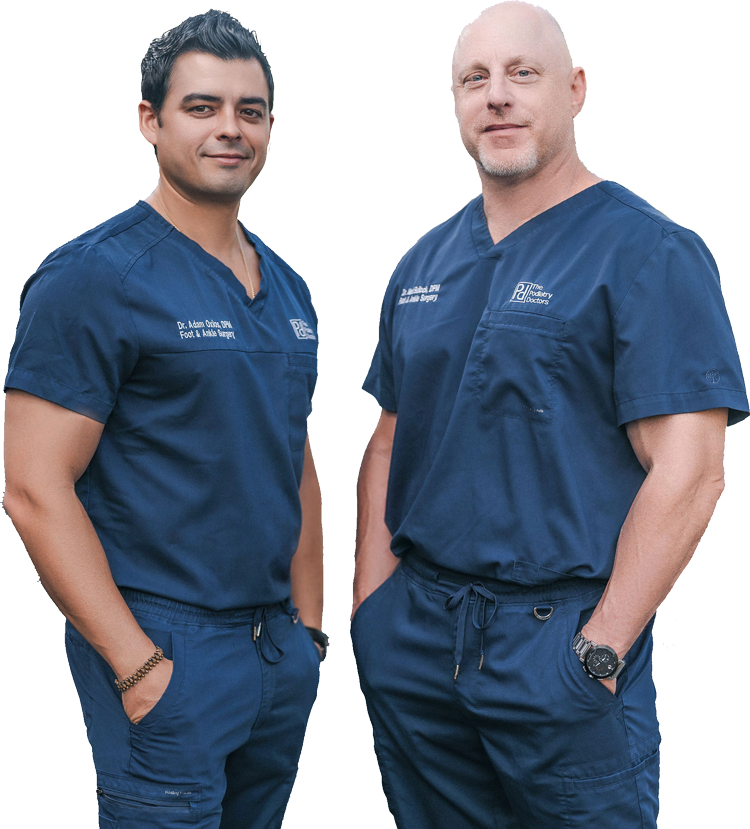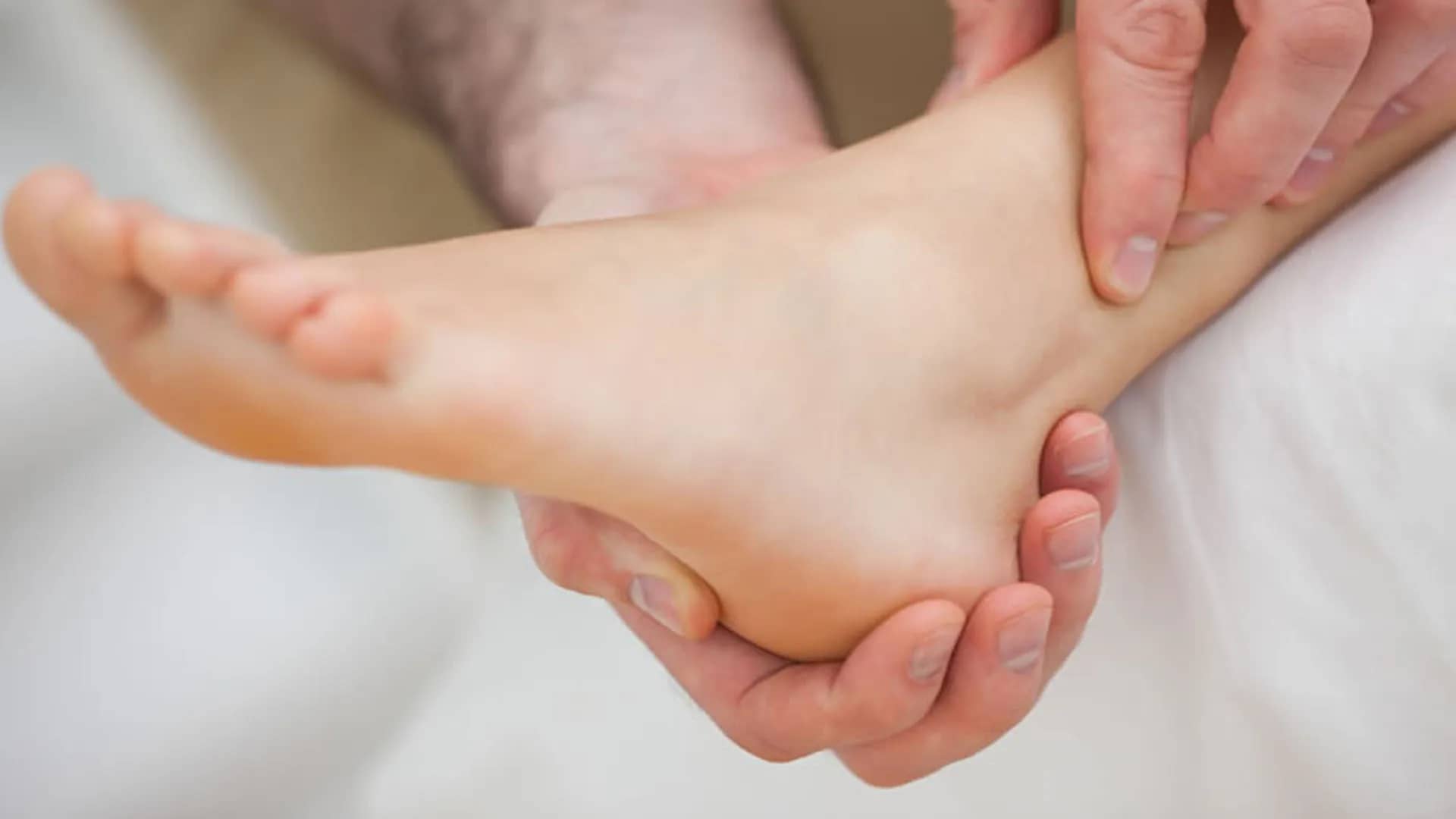
Flatfoot
Flatfoot is a condition commonly seen in both children and adults where the natural arch of the foot never develops or in the case of adult acquired flatfoot, begins to flatten over time. Many people (including Lebron James!) have flatfeet that remain asymptomatic and never require treatment. Others develop symptoms as soon as the flatfoot develops.
Any adult that notices a gradual flattening of the foot (or pain along the inside of their arch or ankle) should alert their podiatrist immediately. At first the flatfoot may be painless however abnormal forces are beginning to act on other structures of the foot which may eventual cause discomfort and a change in foot architecture. For children, it is normal to have flatfeet before the age of 4-6 years. If he/she does not begin to develop an arch soon after this age or complains of pain and is limited in their activity, contact your podiatrist.
Treatment for flatfoot begins with implementing proper shoe gear and orthotic use. This helps control the biomechanics of the foot and off-loads the soft tissue structures at risk. Physical therapy to strengthen the posterior muscle group is also helpful. If these treatments fail, surgery has been shown to be extremely effective when done correctly. Depending on the age of the patient and extent of the deformity, different procedures are performed. Post-op protocol consists of non-weightbearing in a cast or posterior splint until the tissues have heeled followed by progressive weightbearing and physical therapy.
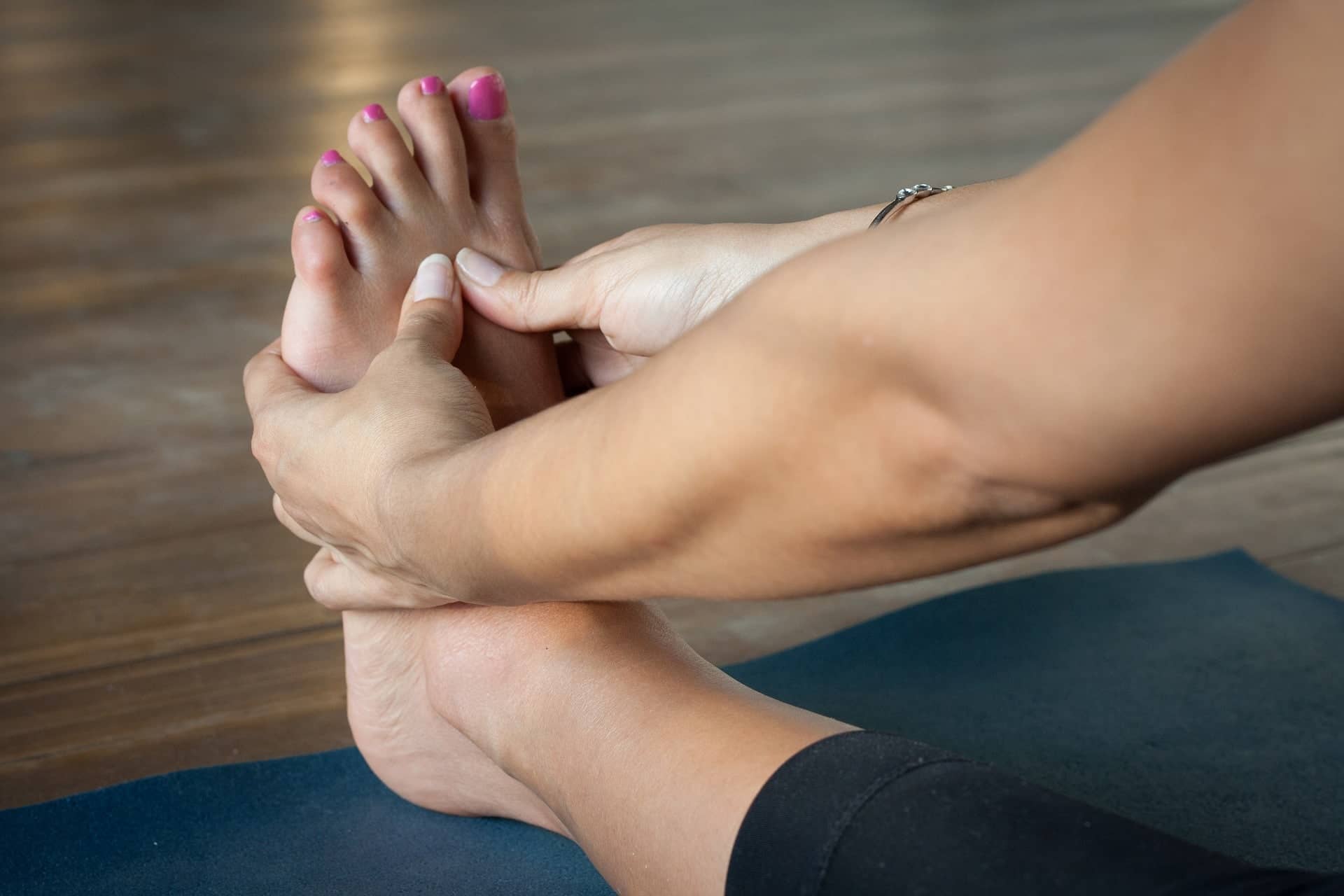
Cavus Foot
Cavus foot unlike flat foot is normally a less reducible deformity. Main causes include neurologic conditions and past trauma however some cavus feet have no known cause. Because cavus feet tend to be more rigid than their counterpart, flat feet, they are treated with AFO’s (Ankle-foot orthotics) and braces. If these prove unsuccessful, surgery is considered to reduce the high-arch and produce a more functional foot type. Like flat foot procedures, post-op protocol consists of non-weightbearing followed by physical therapy.
